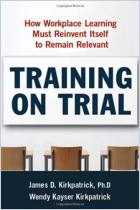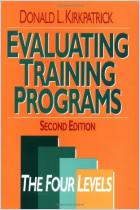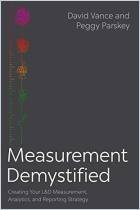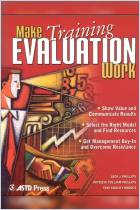Award-winning authors and advisers Jim and Wendy Kirkpatrick honor Jim’s father, Don Kirkpatrick, whose work in the 1950s inspired a renowned method for training evaluation: the Kirkpatrick Four Levels. The authors address changes in workplace culture since the method’s inception, while explaining why the fundamentals – definitions of the levels and their application – remain the same. With examples and case studies, the authors emphasize the right way to utilize the model. They provide indispensable clarification for those already familiar with the method and the best place for beginners to start.
For decades, users have misunderstood and misapplied Kirkpatrick’s evaluation model.
In the late 1950s, PhD candidate Don Kirkpatrick devised and published four means of evaluating the returns on training. Those four levels of evaluation – reaction, learning, behavior and results – became the global training industry’s standard. Those using Kirkpatrick’s work have misunderstood and misapplied it for decades, however, resulting in the inability of most organizations to recognize the value of training and development programs.
Don Kirkpatrick’s son and daughter-in-law, Jim and Wendy Kirkpatrick, devised the “New World Kirkpatrick Model (NWKM),” which honors Kirkpatrick’s intention that training evaluations focus on behavior change and results.
The NWKM urges you to start at Level 4 reaction and work back. It emphasizes starting measurement on day one, and to keep measuring your program throughout its execution. Your evaluation plan should include the data you need, how you’ll collect it and your means of measuring training effectiveness and results from the outset.
Worldwide, organizational leaders express dissatisfaction with the results of training...



















Comment on this summary or Démarrer une discussion